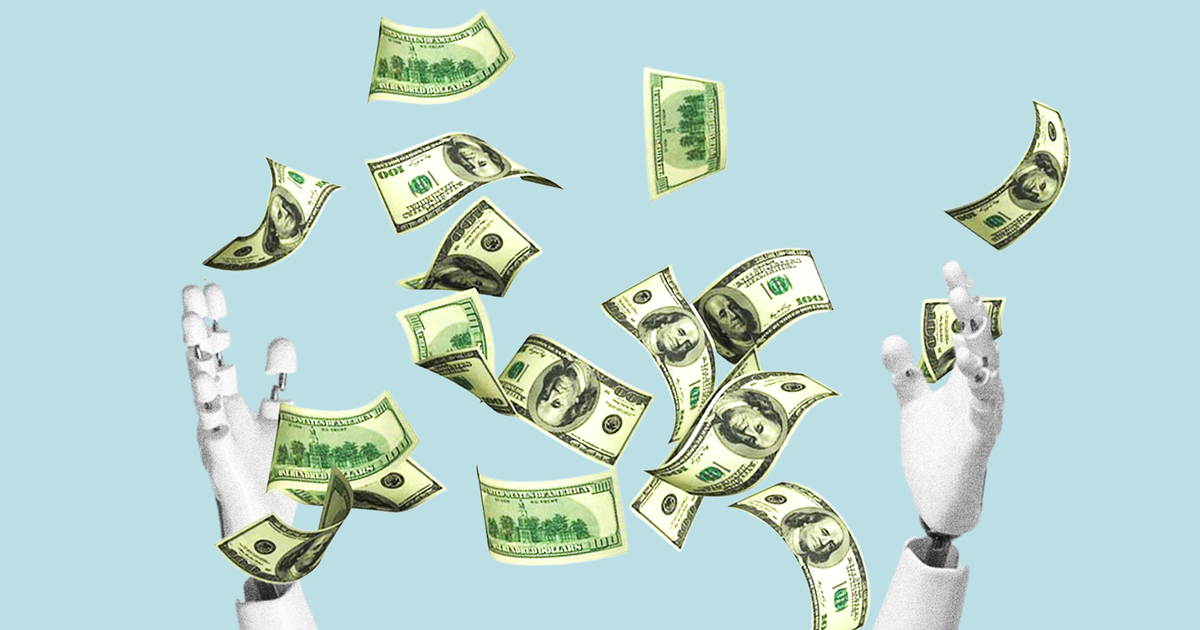Artificial intelligence (AI) has quickly transformed human resources departments in ways that were hard to imagine just a few years ago. From helping them automate repetitive tasks to revealing valuable insights about their workforce, AI is a powerful tool for HR professionals today.
But the evolution of AI in HR is far from over. As we approach 2025, there are new trends set to redefine how HR teams recruit, engage, and support employees. So, what’s next?
In today’s post, we’ll explore a few of the top AI in HR trends to prepare for in 2025, examine how AI has already shaped the HR landscape, and share actionable tips for staying ahead in the new year. Whether you’re already reaping the benefits of using HR AI or just beginning to explore its potential, staying on top of the trends will help your HR team stay agile and thrive.
🤖 What’s next for AI in HR? Learn about predictive HR analytics, personalized employee experiences, and more #AIHRTrends transforming the workplace in 2025. 💡
How Has AI Changed HR So Far?
AI tools are already giving HR teams the power to work smarter, not harder. It’s being used across HR functions, speeding up tedious processes or automating them entirely. AI is giving valuable hours back to HR — hours that can be spent on strategic development rather than simple task completion.
These are just a few of the HR processes where AI is changing the game.
Recruitment and Talent Acquisition
Recruitment has always been a time-intensive process, but AI is completing work in seconds that used to take days, even weeks. The technology can help you create a pool of top talent for your open roles in a fraction of the time it takes to manually source candidates. Then, AI can help you figure out who to contact first.
Recruiters no longer have to sift through mountains of resumes — AI-driven tools can identify the best candidates in seconds. They analyze applications based on your custom criteria so you can reach out to the most qualified candidates faster. AI can even contribute to your diversity, equity, inclusion, and belonging (DEIB) goals by reducing bias during the screening process.
AI HR chatbots have also become secret weapons for recruiters. They handle repetitive tasks like answering candidate questions, writing job descriptions, scheduling interviews, and guiding applicants through the hiring process. That creates an engaging, user-friendly candidate experience — and a better employee experience for HR and recruiters.
🚀 The future of HR is AI-powered! Discover the top AI HR trends for 2025 and how they’re reshaping recruitment, L&D, and employee engagement. 🌟
Employee Engagement
An engaged workforce is a top priority for HR, and AI has made it easier to understand what employees need to stay engaged. AI-powered surveys and sentiment analysis tools provide real-time insights into employee morale by analyzing survey results, including open-text responses. With insight into patterns and pain points in engagement levels, your HR team can be proactive in addressing issues before they escalate.
Learning and Development (L&D)
AI is also transforming how employees learn and grow. It analyzes employees’ learning styles, job roles, and career goals to create personalized learning paths. This tailored approach not only improves skill acquisition but also boosts employee satisfaction.
For example, L&D platforms powered by AI recommend specific training courses or modules based on how an employee is progressing and their future goals. That ensures learning initiatives are relevant and impactful, driving employee growth and business goal achievement.
The 3 AI HR Trends to Prepare for in 2025
Prepare to see these trends for AI in HR in 2025.
1. Real-Time Data-Driven Decision Making
HR teams that leverage AI have access to powerful insights that were previously completely out of reach. The best AI HR software makes it easy to build informative dashboards that update in real time, ensuring every viewer sees the same information. Software also makes it easy to share those interactive dashboards with stakeholders and company leadership.
Those real-time insights mean your team can make informed decisions at lightning speed — and then back them up with data that’s easy to understand, thanks to your dashboards. For example, imagine that your recent hiring reports show that candidates who aren’t contacted within two weeks of submitting an application are far less likely to schedule an interview.
You can quickly adjust your recruiting process to require that qualified candidates are contacted within a week of submitting their application. Then, your team can further leverage generative AI to help them write emails and reach out fast.
2. AI for Personalized Employee Experiences
The employee experience matters more than you might realize. Research shows that improving it can increase revenue by as much as 50%, and one way to do that is with a more personalized experience. As we mentioned, with AI, you can create tailored learning paths designed to fit each person’s skills and career aspirations. While some businesses have already started using these tools, you can expect usage to increase in 2025.
AI-driven systems look at data like employee performance metrics, skill gaps, and individual goals to recommend personalized training programs. AI helps employees focus on the most relevant skills to increase their productivity and reach their career potential.
Personalized employee experiences are a win-win for your people and your business. Your employees see that they’re valued and supported at your company, leading to higher engagement and retention. Your business gets a workforce that is highly skilled, motivated to do their best, and can adapt as priorities change.
3. Advanced Predictive Analytics for HR
Advanced HR analytics are arguably the biggest reason AI tools are becoming essential for HR teams. Predictive analytics enable companies to forecast critical trends and make data-driven decisions with confidence.
One of the most impactful applications for AI is in turnover forecasting. AI looks for patterns in employee data — like engagement survey results and performance reviews — to predict who may be at risk of leaving. Then, HR teams can take proactive steps to improve retention.
Workforce planning is another area where predictive analytics are indispensable. AI tools help you anticipate future staffing needs by looking at factors like market trends, project pipelines, and internal skill gaps. For example, predictive models can identify when and where hiring surges will be needed so your HR team can ensure departments are adequately staffed.
AI can also enhance the analysis of performance trends. Performance management metrics like productivity levels and training outcomes help HR pinpoint potential bottlenecks or areas for improvement. Then, you have the knowledge you need to design more effective strategies for optimizing performance.
How to Stay Current in the Future of AI in HR
With technology changing so rapidly, how can you stay on top of AI in HR trends? We put together a few tips for staying in the know:
- Invest in professional development: Take courses, earn certifications, and attend webinars on different ways to use AI in HR.
- Stay informed: Subscribe to HR news sites and blogs, follow industry thought leaders, and read research and reports around AI in HR.
- Adopt AI tools thoughtfully: Don’t go all-in on the flashiest new AI add-on. Start out with free or inexpensive tools to determine your needs and scale wisely.
Embrace AI in HR strategically so you can lead your organization into the future with confidence.
Want to give AI a try, risk-free? Check out ClearCompany’s free AI tools for HR and recruiters, and start streamlining your workflows today.











